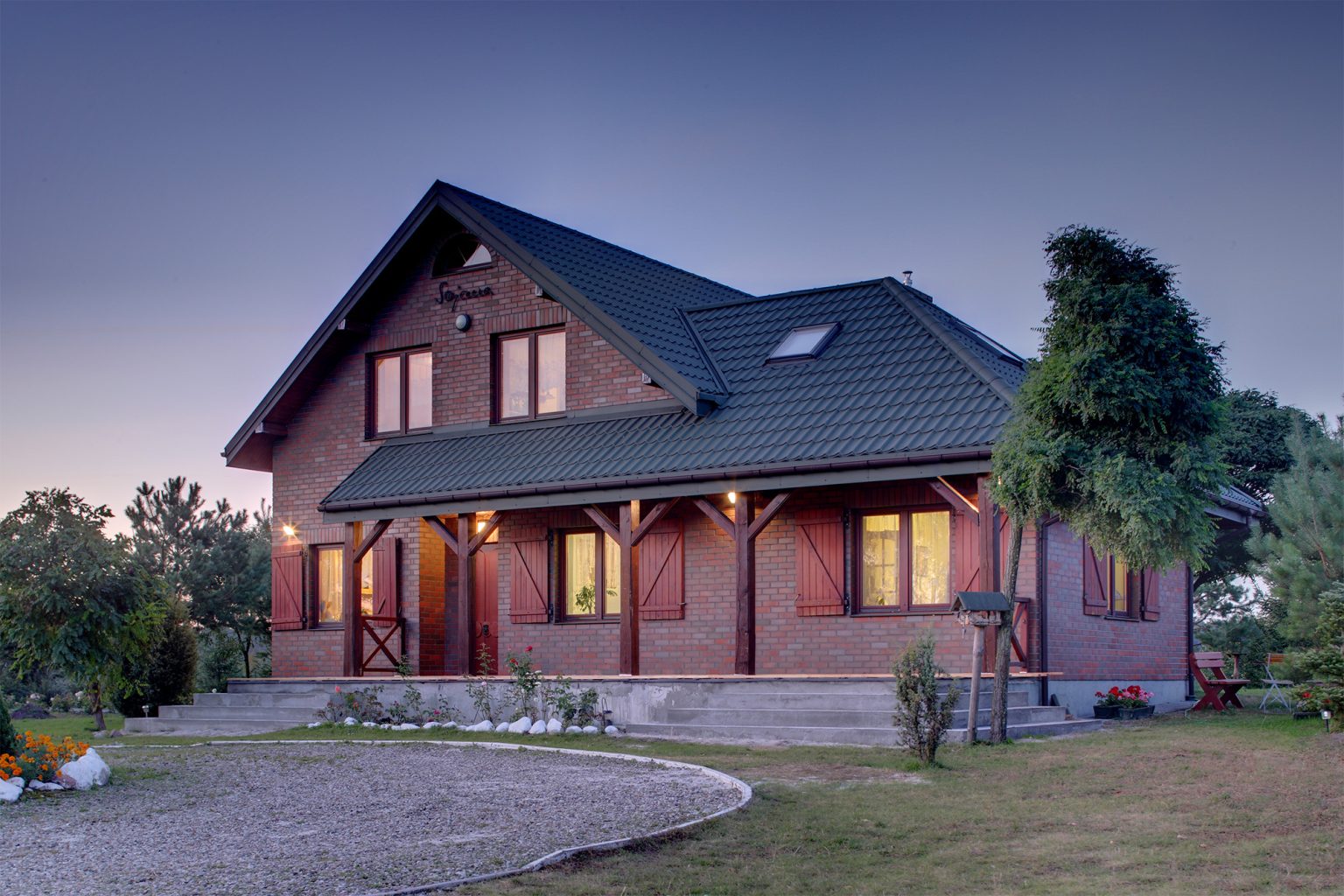Classic shape imitating traditional ceramic roof tiles.
Available in two module lengths – 350 and 400mm.
The SZAFIR metal roofing tile is a unique product, awarded with many awards, including the POLISH PROMOTIONAL EMBLEM, the 12th edition of the Teraz Polska competition.


Available Color

polyurethane coating, gloss
Technical specification of the coating

Available Color

Hybrid coating, satin
Technical specification of the coating

Available Color

Matte polyester (Arcelor PL)
Technical specification of the coating

Available Color

Matte polyester (Arcelor PL)
Technical specification of the coating

Available Color

Glossy polyester
Technical specification of the coating

Color Palette

Technical specification of the coating
A special group of colors with a non-standard appearance or composition. Please verify the availability of a given color depending on the coating, as well as the price before ordering.
Available Color

| Number of modules | length of sheet – SZAFIR 350/15 | length of sheet – SZAFIR 400/20 |
|---|---|---|
| 2 | 0,8 | 0,9 |
| 3 | 1,15 | 1,3 |
| 4 | 1,5 | 1,7 |
| 5 | 1,85 | 2,1 |
| 6 | 2,2 | 2,5 |
| 7 | 2,55 | 2,9 |
| 8 | 2,9 | 3,3 |
| 9 | 3,25 | 3,7 |
| 10 | 3,6 | 4,1 |
| 11 | 3,95 | 4,5 |
| 12 | 4,3 | 4,9 |
| 13 | 4,65 | 5,30* |
| 14 | 5,00* | 4,7 |
| 15 | 5,35 | 6,1 |
| 16 | 5,7 | 6,5 |
| 17 | 6,05 | 6,9 |
| 18 | 6,4 | 7,3 |
| 19 | 6,75 | 7,7 |
| 20 | 7,1 | 8,1 |

Savi 3/2 Pärnu 80010 Estonia
